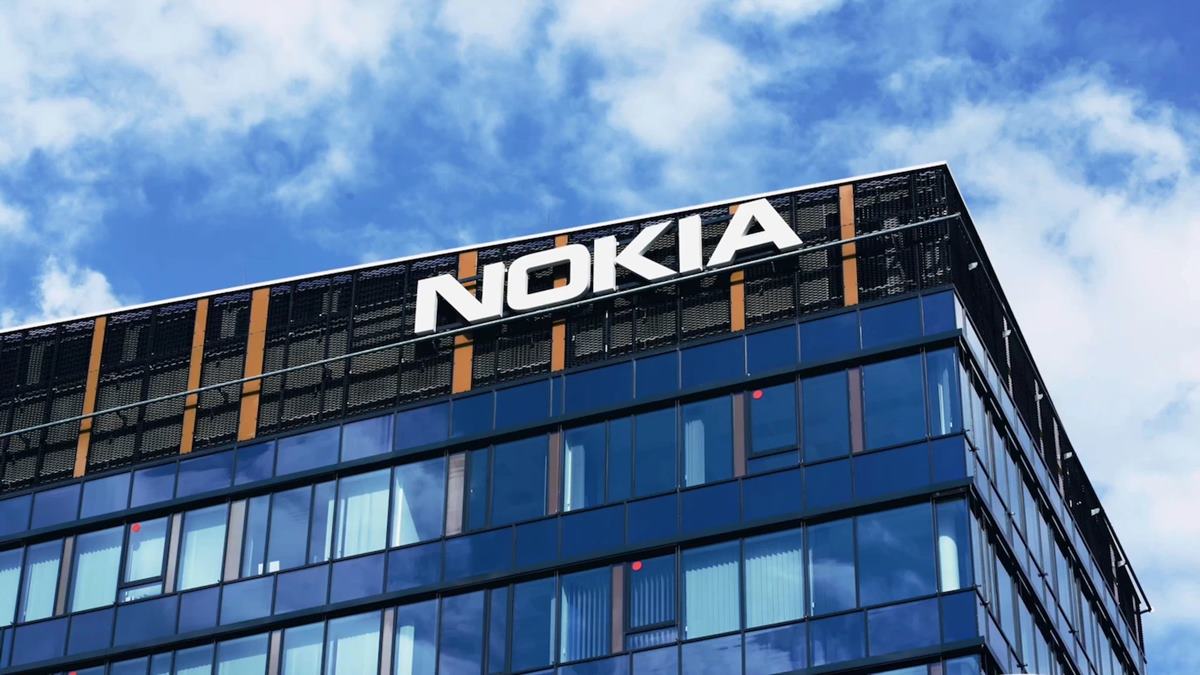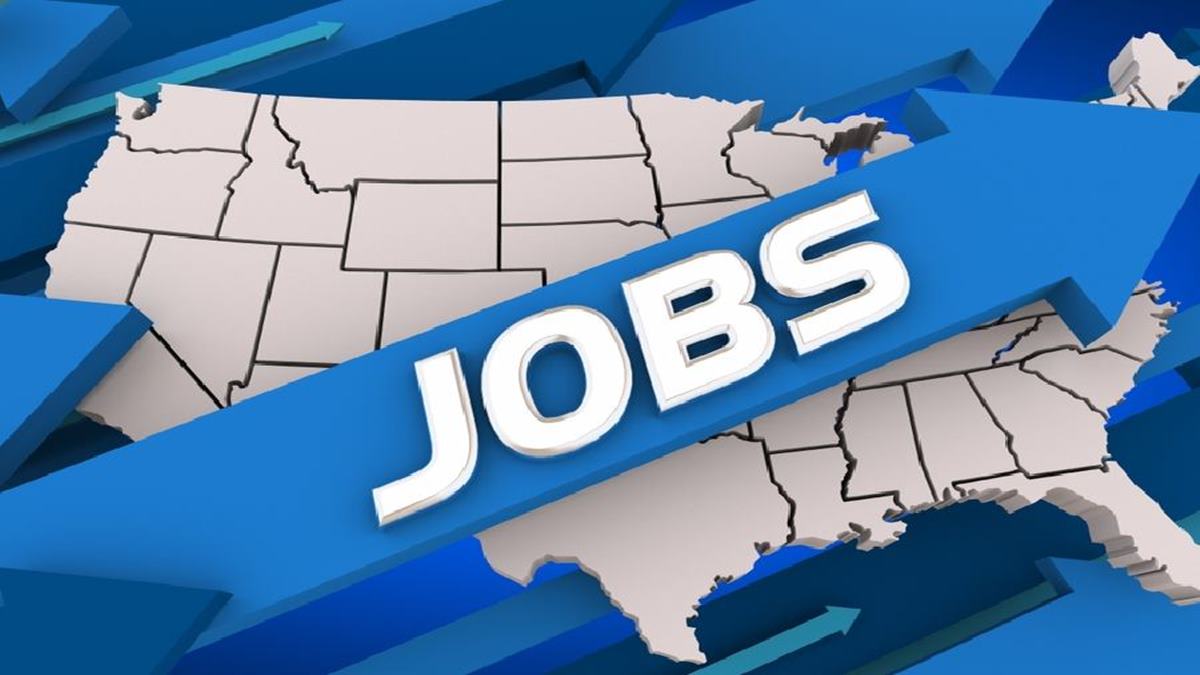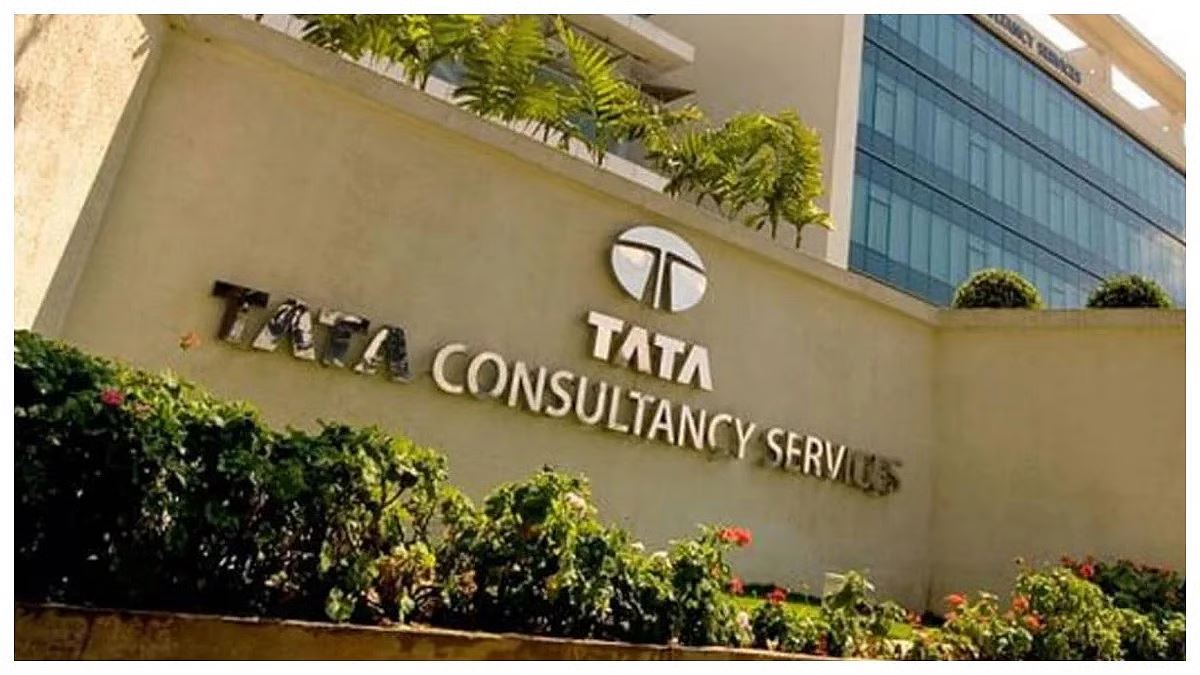NASA is bracing for the departure of approximately 3,870 employees, or nearly 20 per cent of its current workforce, under a voluntary resignation program launched as part of US President Donald Trump’s broader effort to shrink the federal government. The move marks the most significant staffing reduction at the US space agency in decades, drawing sharp criticism from lawmakers, experts, and current and former employees. On July 25, the space agency confirmed that it expects its civil servant headcount to fall to around 14,000 following two rounds of deferred resignation offerings in 2025, along with natural attrition. While the final tally may shift based on ongoing application reviews and employee withdrawals, officials say the scale of the exodus is clear.
Deferred resignations aim to avoid layoffs
NASA’s first resignation program began earlier this year and resulted in about 870 employees, 4.8 per cent of the workforce, leaving their posts. The second round, which opened in June and closed on July 25, drew nearly 3,000 more participants, or 16.4 per cent of staff. Agency executives have defended the program as a way to meet administration targets without imposing involuntary layoffs. “The reason we are doing this is to minimise any involuntary workforce reductions in the future,” former acting NASA administrator Janet Petro told employees during a June town hall.
The initiative was reportedly developed in coordination with the Department of Government Efficiency (DOGE), now led by Elon Musk, and reflects a broader White House effort to cut down on federal spending and bureaucracy.
Industry warns of brain drain, safety risks
The sweeping cuts have sparked growing concern among NASA veterans and the wider space community. In a letter dubbed The Voyager Declaration, hundreds of current and former agency staff warned interim administrator Sean Duffy, who also leads the Department of Transportation, that losing so many experienced professionals could jeopardise future missions. “Thousands of NASA civil servant employees have already been terminated, resigned, or retired early, taking with them highly specialised, irreplaceable knowledge crucial to carrying out NASA’s mission,” the letter stated.
Protests have also erupted. On July 20, about 100 demonstrators, including agency staff and contractors, gathered outside the Smithsonian National Air and Space Museum. Organised by the grassroots group “NASA Needs Help,” the rally marked the anniversary of the Apollo 11 Moon landing and sought to pressure Congress to intervene.
Congress pushes back as budget battle looms
The US House Committee on Science, Space, and Technology accused NASA leadership of acting “outside its legal authority” by enacting cuts ahead of budget approval. In a strongly worded letter, lawmakers warned that slashing NASA’s workforce and budget could turn the agency into a “hollow shell.”
The 2026 White House budget proposal seeks to cut NASA’s funding by 25 per cent and reduce its workforce by 5,000 more positions. If passed, it would be the agency’s leanest budget since the 1960s, potentially altering its ability to meet goals such as Moon and Mars exploration.




















